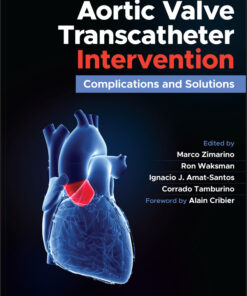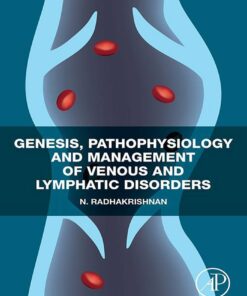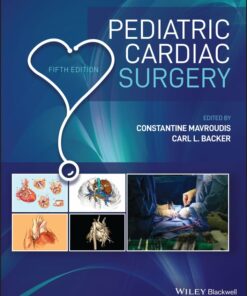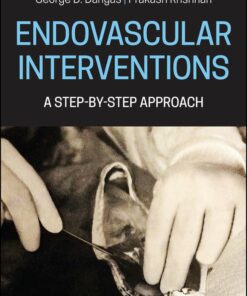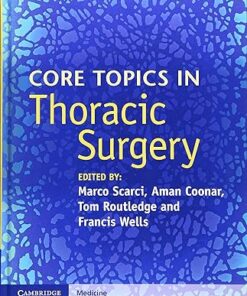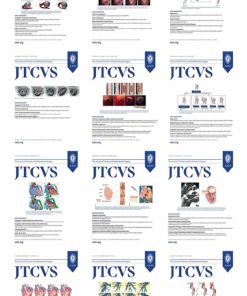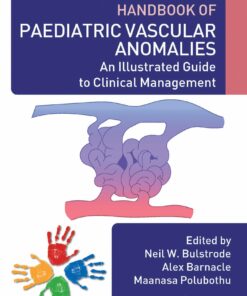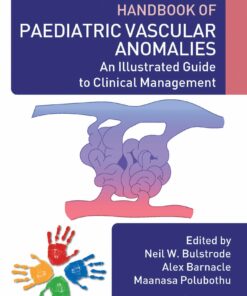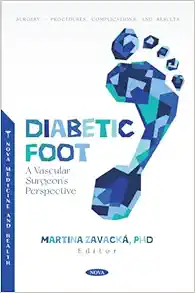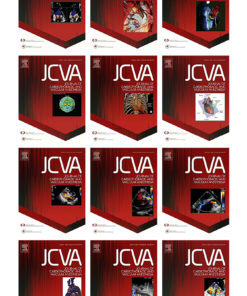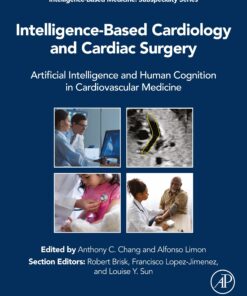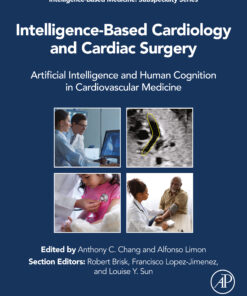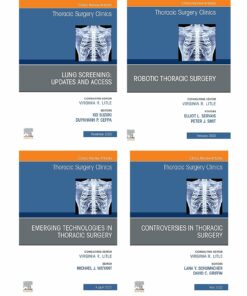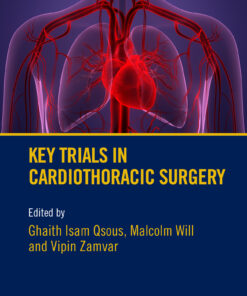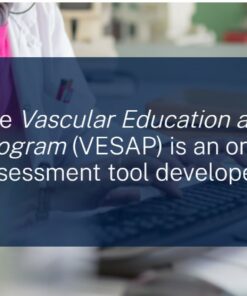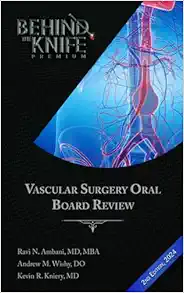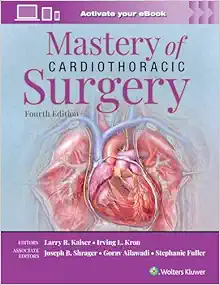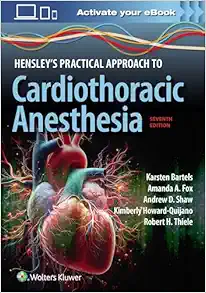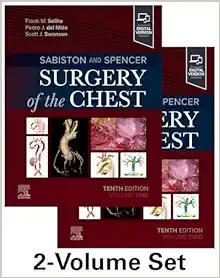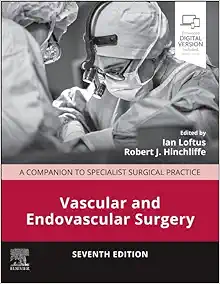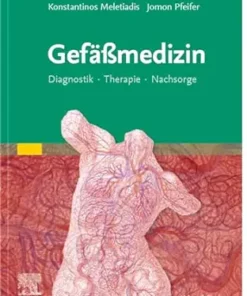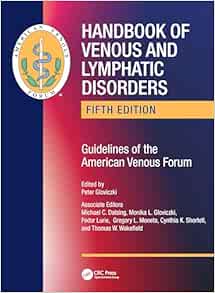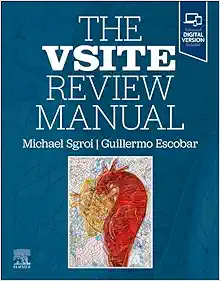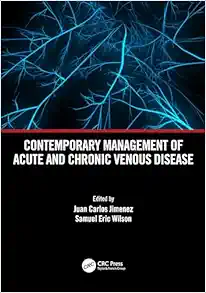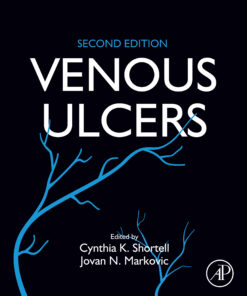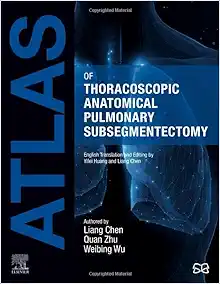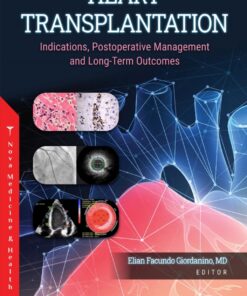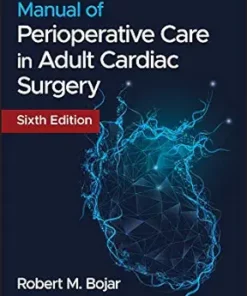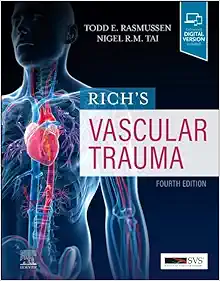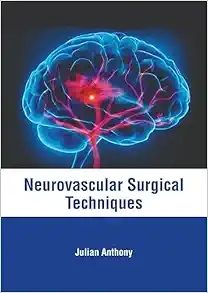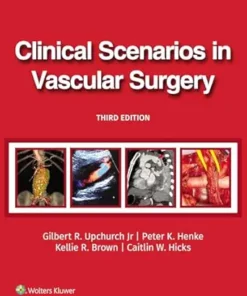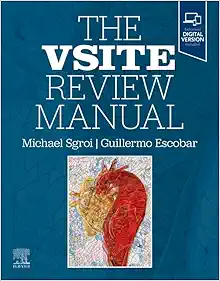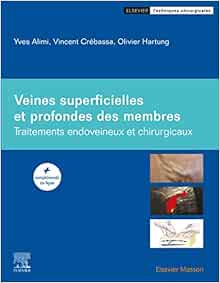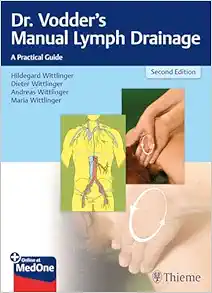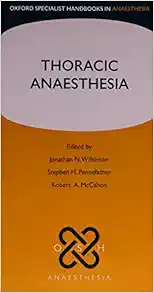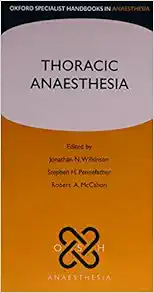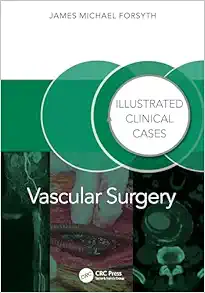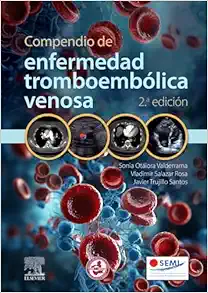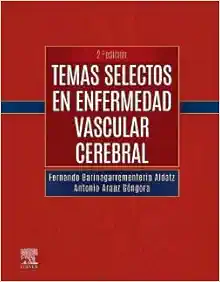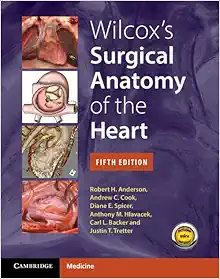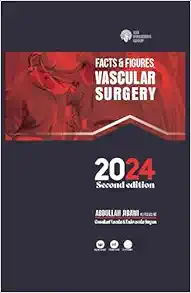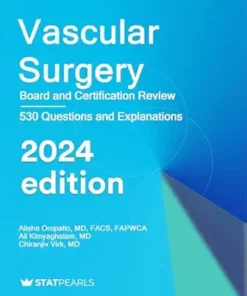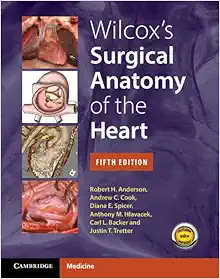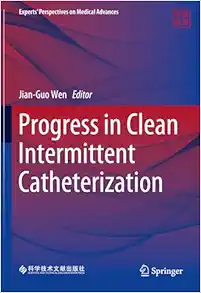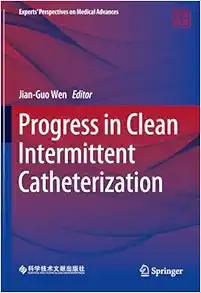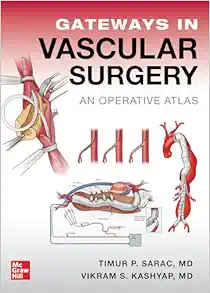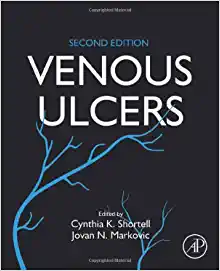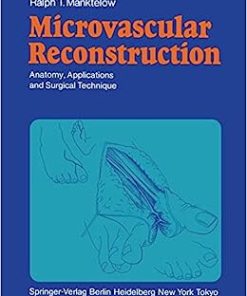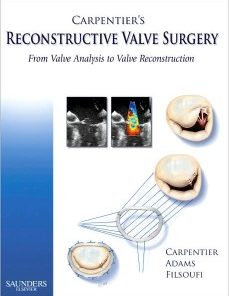UCSF Interventional Radiology Review 2016
$34
Format : MP4 + PDF
File Size : 15 GB
UCSF Interventional Radiology Review 2016
Are you an interventional radiologist looking to stay up-to-date on the latest advancements in your field? Look no further than the UCSF Interventional Radiology Review.
This comprehensive review, presented by the experts at the University of California San Francisco, covers a wide range of topics in body interventions. From aortic aneurysms to venous access, you’ll learn about the latest techniques and their indications and contraindications. You’ll also explore complications and potentials of new interventional radiology techniques for specific indications.
The course includes case-based lectures that will help you become familiar with imaging techniques such as CTA, MRA, and non-invasive arterial assessment. You’ll also learn how to distinguish between different devices used for percutaneous ablation of liver and kidney lesions.
With dozens of speakers and topics covered, this review is comprehensive and designed for active practitioners of interventional radiology. It’s an excellent opportunity for newly qualified interventional radiologists to compare their knowledge and training with those of UCSF experts.
Participants will come away with the ability to:
– Describe contemporary methods of vascular recanalization and be familiar with the common devices for endoluminal therapies with indications for their use and associated complications.
– Recommend percutaneous methods of lower extremity therapy for varicose veins.
– Select and use the appropriate embolic agents for treating hemorrhage secondary to trauma and gastrointestinal bleeding.
– Recognize indications for percutaneous nephrostomy, percutaneous abscess drainage, and percutaneous biliary drainage, and the techniques used.
– Evaluate contraindications to percutaneous biopsy.
– Distinguish between different devices used for percutaneous ablation of liver and kidney lesions.
– Recommend the use of and contraindications to hepatic arterial chemoembolization and Y90 radioembolization.
– Utilize appropriate imaging techniques such as CTA, MRA, and non-invasive arterial assessment.
But don’t just take our word for it. Here’s what one satisfied customer had to say about the UCSF Interventional Radiology Review:
“I found this review to be incredibly useful in staying up-to-date with the latest advancements in interventional radiology. The lectures were informative and engaging, and I appreciated the emphasis on case-based learning. I feel more confident in treating my patients thanks to this course!”
So why wait? Order the UCSF Interventional Radiology Review today and take your practice to the next level. You’ll receive access to the video lectures and materials, allowing you to learn at your own pace and on your own schedule. Plus, the review is available as a self-assessment CME program, featuring 31 hours of SA-CME credit.
Don’t miss out on this opportunity to learn from the experts at UCSF and stay up-to-date on the latest advancements in interventional radiology. Order now and take the first step toward becoming a better practitioner.
Product Details
- Become familiar with the latest interventional radiology techniques, their indications and contraindications
- Identify the potentials and complications of new interventional radiology techniques for specific indications
- Accurately utilize imaging techniques like CTA, MRA and non-invasive arterial assessment into your daily practice
- Distinguish between different devices used for percutaneous ablation of liver and kidney lesions
- Percutaneous Ablation: Bone – Matthew D. Bucknor, MD
- Neuro Spine Interventions – Cynthia T. Chin, MD
- Endovascular Repair of Aortic Aneurysms – Timothy A.M. Chuter, MD
- Bronchial Artery Embolization – Miles B. Conrad, MD
- Pulmonary Artery Interventions – Miles B. Conrad, MD
- Chemoembolization – Nicholas Fidelman, MD
- Radioembolization – Nicholas Fidelman, MD
- Selection of Liver-Directed Therapy for HCC – Nicholas Fidelman, MD
- Radiation Safety in IR – Robert G. Gould, ScD
- Stroke Interventions – Steven W. Hetts, MD
- Vertebroplasty and Kyphoplasty – Steven W. Hetts, MD
- Abscess Drainage – Robert K. Kerlan Jr., MD
- Biliary Tract – Robert K. Kerlan Jr., MD
- Lymphatic Interventions – Robert K. Kerlan Jr., MD
- Portal Venous Unknowns – Robert K. Kerlan Jr., MD
- Arterial Unknowns – Ryan Kohlbrenner, MD
- Systemic Venous Unknowns – Ryan Kohlbrenner, MD
- Breast Interventions – Maureen P. Kohi, MD
- Management of Uterine Fibroids – Maureen P. Kohi, MD
- Post-partum Bleeding – Maureen P. Kohi, MD
- Varicose Vein Management – Maureen P. Kohi, MD
- Aortic Aneurysms – K. Pallav Kolli, MD
- Percutaneous Ablation: Liver – K. Pallav Kolli, MD
- Percutaneous Ablation: Lung – K. Pallav Kolli, MD
- Systemic Venous Interventions – K. Pallav Kolli, MD
- Venous Interventions: Unknowns – K. Pallav Kolli, MD
- Enteric Interventions – Vishal Kumar, MD, PhD
- Management of Malignant Effusions – Vishal Kumar, MD
- Percutaneous Biopsy – Jeanne M. LaBerge, MD
- Portal Venous Hypertension – Jeanne M. LaBerge, MD
- TIPS and Portal Venous Interventions – Jeanne M. LaBerge, MD
- Vascular Disease Classification – Jeanne M. LaBerge, MD
- Computed Tomographic Angiography – Evan D. Lehrman, MD
- Management of Endoleaks – Evan D. Lehrman, MD
- Venous Access – Evan D. Lehrman, MD
- Embolization in Trauma – Sujal Nanavati, MD
- Gastrointestinal Bleeding – Rajiv Sawhney, MD
- Arterial Interventions – Unknowns Set 1 – Richard R. Saxon, MD, FSIR
- Arterial Interventions – Unknowns Set 2 – Richard R. Saxon, MD, FSIR
- Peripheral PTA and Stents – Richard R. Saxon, MD, FSIR
- IVC Filters – Andrew G. Taylor, MD, PhD
- Percutaneous Ablation: Kidney – Andrew G. Taylor, MD, PhD
- Urinary Tract – Andrew G. Taylor, MD, PhD
- Dialysis Interventions – Mark W. Wilson, MD
- Magnetic Resonance Angiography – Mark W. Wilson, MD
- Non-Invasive Peripheral Vascular Exam – Mark W. Wilson, MD
- Describe the contemporary methods of vascular recanalization, and be familiar with the common devices for endoluminal therapies with the indications for their use and associated complications
- Recommend percutaneous methods of lower extremity therapy for varicose veins
- Select and use the appropriate embolic agents for treating hemorrhage secondary to trauma and gastrointestinal bleeding
- Recognize indications for percutaneous nephrostomy, percutaneous abscess drainage and percutaneous biliary drainage, and the techniques used
- Evaluate contraindications to percutaneous biopsy
- Distinguish between different devices used for percutaneous ablation of liver and kidney lesions
- Recommend the use of and contraindications to hepatic arterial chemoembolization and Y90 radioembolization
- Utilize appropriate imaging techniques such as CTA, MRA, and non-invasive arterial assessment
Related Products
VASCULAR SURGERY
The Annals of Thoracic Surgery 2023 Full Archives (True PDF)
VASCULAR SURGERY
VASCULAR SURGERY
VASCULAR SURGERY
Core Topics in Thoracic Surgery (Original PDF from Publisher)
VASCULAR SURGERY
Great Ormond Street Handbook of Paediatric Vascular Anomalies (EPUB)
VASCULAR SURGERY
VASCULAR SURGERY
VASCULAR SURGERY
VASCULAR SURGERY
VASCULAR SURGERY
VASCULAR SURGERY
VASCULAR SURGERY
VASCULAR SURGERY
VASCULAR SURGERY
VASCULAR SURGERY
VASCULAR SURGERY
Neurovascular Surgical Techniques (Original PDF from Publisher)
VASCULAR SURGERY
VASCULAR SURGERY
VASCULAR SURGERY
VASCULAR SURGERY
Wilcox’s Surgical Anatomy of the Heart, 5th edition (Converted PDF)
VASCULAR SURGERY
VASCULAR SURGERY
VASCULAR SURGERY
Atlas of Thoracoscopic Anatomical Pulmonary Subsegmentectomy
VASCULAR SURGERY
VASCULAR SURGERY
VASCULAR SURGERY
VASCULAR SURGERY
2022 SVM Online Board Review Course (Society for Vascular Medicine)
VASCULAR SURGERY
VASCULAR SURGERY
Clinical Approach to Vascular Ultrasound and RPVI Prep Course 2023
VASCULAR SURGERY
VASCULAR SURGERY
VASCULAR SURGERY
VASCULAR SURGERY
VASCULAR SURGERY
VASCULAR SURGERY
VASCULAR SURGERY
VASCULAR SURGERY
VASCULAR SURGERY
VASCULAR SURGERY
VASCULAR SURGERY
VASCULAR SURGERY
Current Vascular Surgery 2013 (Modern Trends in Vascular Surgery)
VASCULAR SURGERY
VASCULAR SURGERY
Anatomic Exposures in Vascular Surgery 4e ( + Converted PDF)
VASCULAR SURGERY
Cardiopulmonary Bypass: Principles and Practice, 3rd Edition
VASCULAR SURGERY
VASCULAR SURGERY
SVU 45th Annual Conference: Vascular Imaging Educators Workshop 2023
VASCULAR SURGERY
VASCULAR SURGERY
Mastering Doppler Principles and Hemodynamics- AllAboutUltrasound
VASCULAR SURGERY





